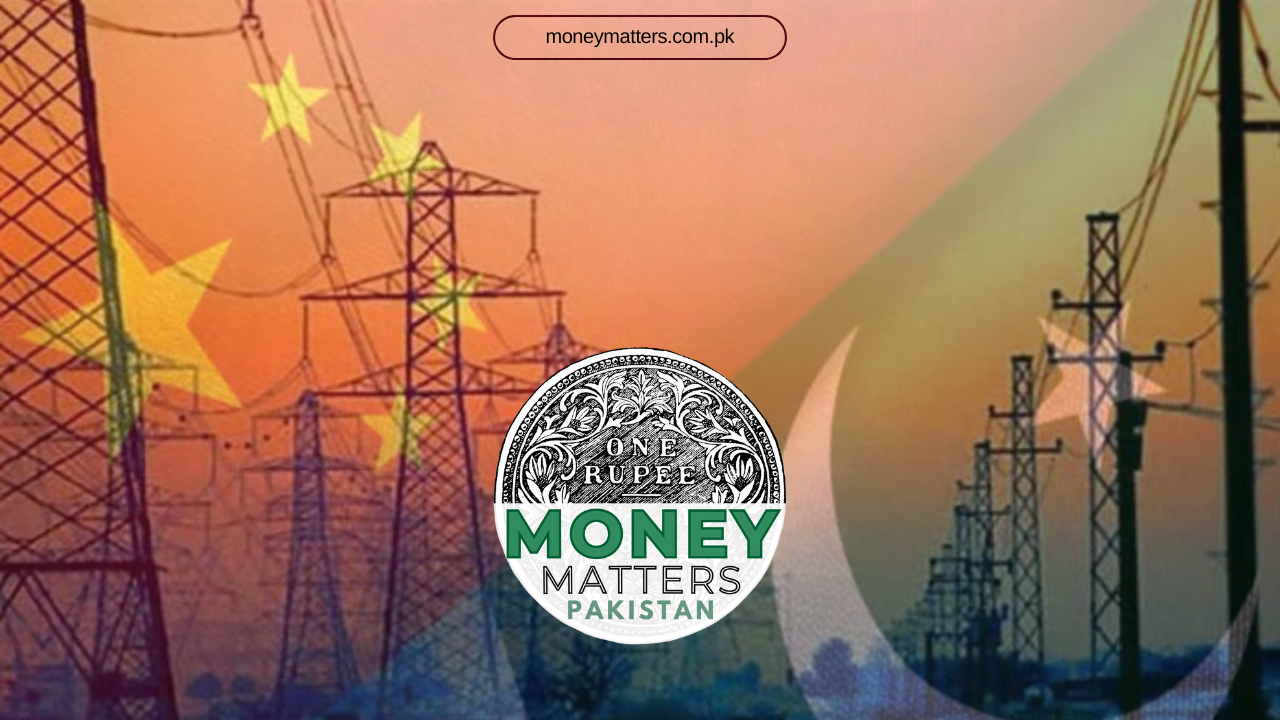Key Takeaways:
– Pakistan plans to transition from imported coal to domestic coal from Thar to reduce energy costs and enhance security.
– Discussions with China will focus on this shift and restructuring Pakistan’s energy sector debt.
– The transition could save Pakistan over $700 million annually in coal imports.
Domestic Coal Focus
Pakistan’s Federal Minister of Energy, Awais Leghari, announced the government’s plan to encourage Chinese independent power producers (IPPs) to use domestic coal from the Thar region instead of imported coal. This move aims to cut energy costs and boost energy security in the country.
Strategic Discussions in Beijing
Leghari stated that the upcoming visit to Beijing would prioritize discussions on this strategic transition. The delegation will also address restructuring Pakistan’s energy sector debt, a step recommended by the International Monetary Fund (IMF) following its recent approval of a $7 billion bailout package for Pakistan.
Switching to local coal is expected to save Pakistan over Rs200 billion ($700 million) annually, reducing electricity prices by up to Rs2.5 per unit.
Economic Impact
Switching to local coal is expected to save Pakistan over Rs200 billion ($700 million) annually, reducing electricity prices by up to Rs2.5 per unit. This transition would also ease pressure on Pakistan’s foreign exchange reserves, making it easier for Chinese-owned IPPs to repatriate dividends and potentially earn higher returns in dollar terms.
Also Read: Is Pakistan Caught in a Chinese Debt Trap?
Recent Developments
Earlier this year, Engro Corporation’s subsidiary agreed to sell all its thermal assets, including the Sindh Engro Coal Mining Company, to Liberty Power. This decision was influenced by Pakistan’s foreign exchange challenges and the potential benefits of using indigenous coal.
Addressing Energy Sector Debt
Leghari highlighted that talks on re-profiling energy debt with China would be part of the upcoming discussions, although he did not provide specifics. The energy sector in Pakistan faces significant issues, including power theft and distribution losses, which have led to substantial debts. The government is implementing structural reforms to reduce this “circular debt” by about 100 billion Pakistani rupees ($360 million) annually.




